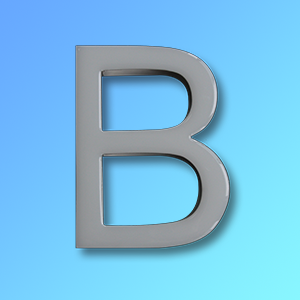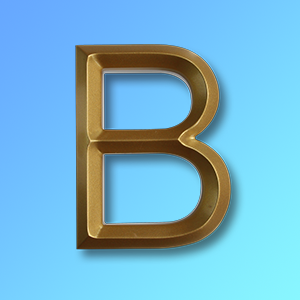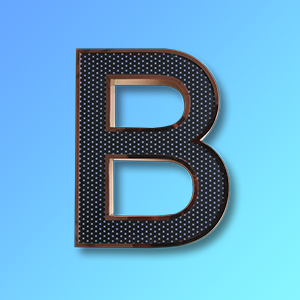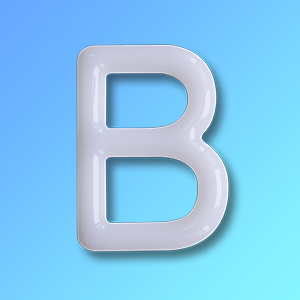Illuminated signage, commonly known as “glow letters,” plays a vital role in the advertising and branding industries. Combining aesthetics with functionality, these signs not only enhance visibility but also add an appealing visual impact to commercial and public spaces. This article delves into the applications of illuminated signage, explores various types and their respective uses, and discusses its promising future in the market.

Applications of Illuminated Signage
Illuminated signage serves as a powerful tool for communication and branding. Businesses across industries use these glowing letters to attract attention, convey messages, and establish a distinct identity. Some of the most common applications include:
- Retail Stores and Shopping Malls: Bright, attractive signage in storefronts draws customers in, highlighting brand logos and promotional messages.
- Hotels and Restaurants: Hospitality businesses use illuminated signs to enhance ambiance, making locations more inviting and visible, especially at night.
- Corporate Offices: Companies incorporate these signs for branding and interior design, adding a modern touch to their premises.
- Public Infrastructure: Airports, train stations, and public parks use illuminated letters for wayfinding and information display.
- Event Promotions: Temporary setups, such as exhibitions and concerts, rely heavily on illuminated signage to create a vibrant, attention-grabbing environment.
Types of Illuminated Signage and Their Applications
Illuminated signage comes in various forms, each tailored for specific aesthetic and functional requirements. Below are the major types and their typical applications:
1. Metal Illuminated Letters
Metal illuminated signs, often made from stainless steel or aluminum, are durable and elegant. These are widely used in corporate offices, luxury retail stores, and high-end restaurants. The metallic finish combined with LED lighting creates a professional and sophisticated appearance, making it ideal for upscale branding.

2. Acrylic Illuminated Letters
Acrylic signs are lightweight and highly customizable, offering a range of colors and effects. Their translucent material allows for even light distribution, making them perfect for retail stores, entertainment venues, and event decorations. The versatility of acrylic signage makes it a popular choice for businesses aiming for vibrant and dynamic displays.

3. Resin Illuminated Letters
Resin letters, crafted with liquid resin and LED lighting, produce a seamless glow. Their waterproof and UV-resistant properties make them suitable for outdoor use. Shopping malls and large commercial complexes often adopt resin signage for consistent visibility and durability.

4. 3D Illuminated Letters
3D illuminated letters are a modern favorite due to their depth and aesthetic appeal. Made from materials like acrylic, metal, or a combination, these signs stand out in both indoor and outdoor settings. Businesses use 3D signage for branding purposes, especially in competitive retail environments where visual impact is paramount.

5. Channel Letter Signs
Channel letters, featuring an aluminum frame and acrylic face, are highly customizable. They are frequently seen in shopping centers, on building facades, and in corporate settings. These signs allow for front-lit, back-lit, or combination lighting effects, catering to diverse branding needs.

6. LED Neon Signs
A contemporary alternative to traditional neon lights, LED neon signs are energy-efficient and environmentally friendly. These signs are widely used in cafes, bars, and entertainment hubs to create a retro or playful vibe while reducing energy consumption.

Future Prospects and Market Development
The illuminated signage market is poised for significant growth, driven by advancements in technology, increasing demand for customization, and the expanding digital advertising landscape. Here are some key factors shaping the future of the industry:
1. Technological Innovations
With the rise of smart technology, illuminated signage is evolving. LED lighting continues to dominate due to its energy efficiency and flexibility. Integration with IoT (Internet of Things) technology allows for remote control and dynamic content changes, enhancing the functionality of signage in real-time.
2. Sustainability
Eco-friendly materials and energy-efficient lighting solutions are becoming standard in the signage industry. Businesses are increasingly opting for LED-based illuminated signs to align with sustainability goals, reducing their carbon footprint while maintaining high visibility.
3. Personalization and Customization
The demand for unique and tailored signage solutions is on the rise. Advanced manufacturing techniques, such as CNC cutting and 3D printing, enable intricate designs and personalized branding elements, meeting the diverse needs of modern businesses.
4. Urbanization and Infrastructure Development
As urban centers expand, there is a growing need for wayfinding and branding in public spaces. Illuminated signage plays a crucial role in city branding and navigation, making it a cornerstone of modern urban infrastructure.
5. Market Growth in Emerging Economies
The adoption of illuminated signage is increasing in emerging markets due to rapid economic development and urbanization. Retail growth and a surge in branding efforts in countries like India, China, and Brazil contribute to the expansion of the global market.
Conclusion
Illuminated signage continues to redefine advertising and branding, offering unparalleled visibility and aesthetic appeal. From metal and resin signs to advanced 3D and LED neon options, the variety ensures that businesses can find the perfect solution to meet their branding needs. As technology progresses and sustainability becomes a priority, the future of illuminated signage looks brighter than ever. With its proven effectiveness and growing adoption, this industry is set to remain a pivotal element of modern marketing strategies.

